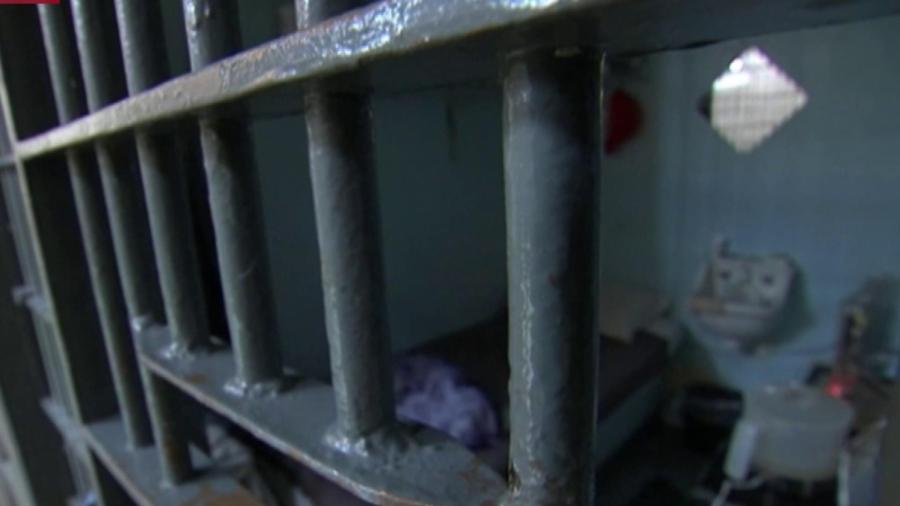
and
Dr. Dave Campbell, Chief Medical Correspondent, Morning Joe / MSNBC
When Attorney General Bill Barr called for increased home confinement over incarceration to stem the spread of coronavirus in federal prison, it showed that bipartisan demands for inmate releases had gained significant momentum. “We don’t want our institutions to become petri dishes,” said Barr, who directed the Bureau of Prisons to identify prisoners who have shown good conduct, were convicted of lower level crimes and have plans for release that would not create greater risks for spreading the virus. The Attorney General also urged his prosecutors to consider the risks of increasing the jail population during the pandemic when making bail recommendations.
But for many advocates, including some elected prosecutors who support major criminal justice reform, this was far from enough. In a letter signed by 31 District Attorneys, they called for the immediate release of the elderly, the infirm, inmates who are within 6 months of completing their sentences and those incarcerated due to technical violations of probation and parole, unless doing so would pose a serious risk to the community.
With state prisons and local jails housing around 90% of the 2.3 million inmates in the United States, the question of releasing prisoners during the coronavirus pandemic is overwhelmingly a state and local issue. Attorney General Barr may make the biggest headlines, but it’s the policies of elected state and local officials — especially Sheriffs and District Attorneys — that matter most.
Although well-intended to prevent or alleviate a public health crisis in the making, the problem with a one-size-fits-all national strategy for inmate releases is that it ignores the unique circumstances of each community. A policy of large-scale, vetted releases in New York City’s overcrowded Rikers Island jail complex makes sense with at least 273 inmates, 321 corrections personnel and 53 health staffers testing positive for coronavirus as of Sunday. Similarly, Chicago’s Cook County jail is reducing its population to try to stem a massive outbreak that has already infected at least 221 inmates and 70 staff members.
But in communities with no reported cases of coronavirus in their jails, there are concerns that large-scale releases would jeopardize public safety. In Palm Beach County, where anxiety over coronavirus has helped fuel a surge in gun sales, Sheriff Ric Bradshaw has rejected the idea of early releases. Bradshaw noted that his county jail is half-full, every inmate is screened by medical professionals upon admission, and visitors are not permitted in the facility. Although two deputies who work in the jail division have tested positive for COVID-19, so far no inmate has shown any symptoms of the virus.
In the absence of an adequate public safety net for behavioral health issues, and with high rates of opioid addiction, Palm Beach County has long depended on the county jail as the community’s largest mental health provider. With many non-violent inmates in recovery for substance use disorder, a large-scale release of individuals into the community during a state of emergency with a dormant economy, no employment options and an overburdened healthcare system could be a recipe for disaster.










